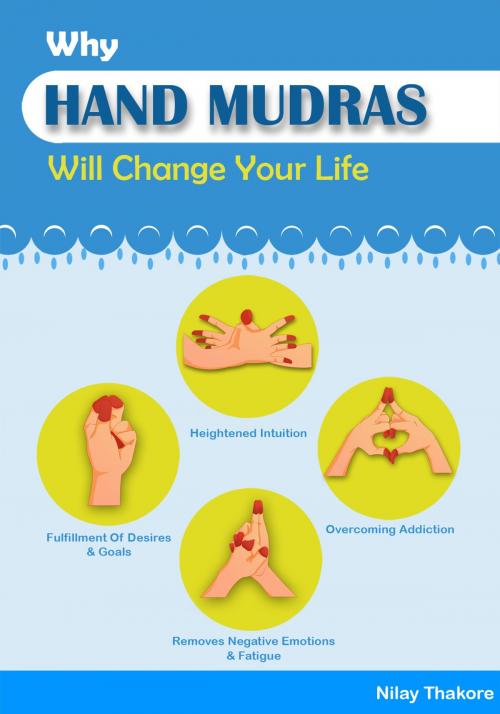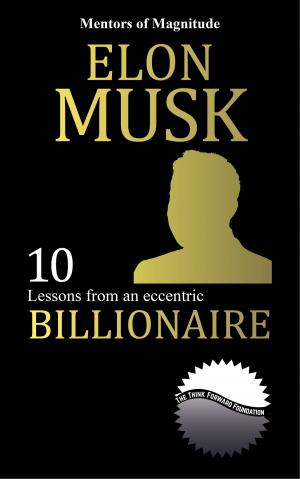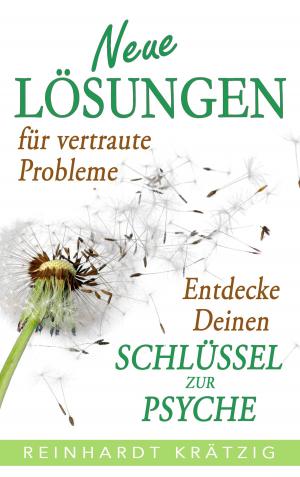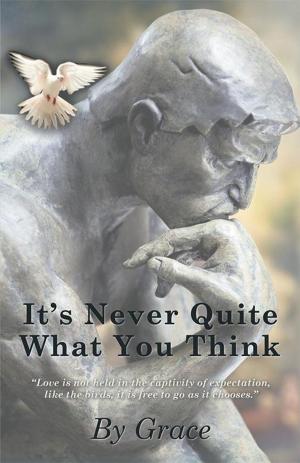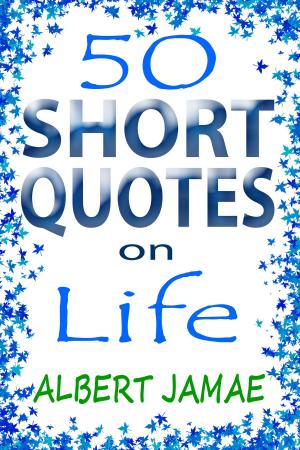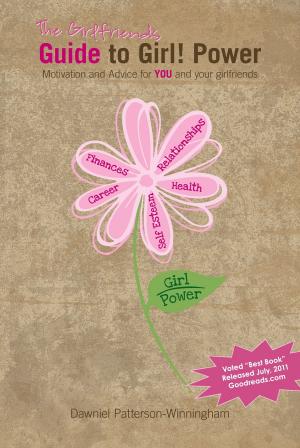Why Hand Mudra Will Change Your Life
Nonfiction, Health & Well Being, Self Help, Meditations, Self Improvement, Stress Management, Motivational| Author: | Nilay Thakore | ISBN: | 1230000247844 |
| Publisher: | vyomshop | Publication: | June 23, 2014 |
| Imprint: | Language: | English |
| Author: | Nilay Thakore |
| ISBN: | 1230000247844 |
| Publisher: | vyomshop |
| Publication: | June 23, 2014 |
| Imprint: | |
| Language: | English |
Hand mudras are not new. In fact, they have been used for thousands of years across many cultures. Today, they can be found in daily use across the globe. However, they are most associated with Eastern traditions such as Buddhism and Hinduism. Westerners most often associate hand mudras with meditation and yoga practice, however, their uses and benefits extend far further.
Because hand mudras connect with the nervous system, they become a form of stimulation and communication between the practitioner, their body and the environment around them. Hand mudras have been used to communicate ideas in traditional dances, for deepening meditation, for achieving specific results, as well as for healing both acute and chronic conditions throughout the body. By touching specific nerves, parts of the brain and body are stimulated into action, generating physiological responses that yield very real results.
While entire books can be written on understanding exactly how hand mudras function, this book is focused specifically providing the reader with options and opportunities to create results. For each mudra shown here, you’ll find the specific benefits, instructions on how to practice the mudra, and even when NOT to use it (if appropriate).
While this is not intended to be an exhaustive list of all the hand mudras used throughout the world (which would be virtually impossible to compile given the wide variety of variations handed down through the ages), it is intended to provide the reader with the opportunity to go beyond the basic meditative mudras you are already familiar with so that you can achieve greater, more specific, and real results in your life.
You are encouraged to flip through these pages, find a mudra you want to try, and follow the simple instructions. Each mudra also provides a picture for reference. Please be aware of any precautions to be taken as some mudras may not be good for everyone. For example, a mudra that increase one’s heart rate would not be good for someone with high blood pressure, but may be ideal for someone whose heart rate is too low. Know your situation. And, if you ever feel uncomfortable for any reason using a particular mudra, discontinue it immediately. There is likely an alternative mudra that will help you achieve the results you’re looking without causing any discomfort.
Enjoy the many hand mudras compiled and collected from around the world and brought to you from the ancient wisdom of the ages.
Hand mudras are not new. In fact, they have been used for thousands of years across many cultures. Today, they can be found in daily use across the globe. However, they are most associated with Eastern traditions such as Buddhism and Hinduism. Westerners most often associate hand mudras with meditation and yoga practice, however, their uses and benefits extend far further.
Because hand mudras connect with the nervous system, they become a form of stimulation and communication between the practitioner, their body and the environment around them. Hand mudras have been used to communicate ideas in traditional dances, for deepening meditation, for achieving specific results, as well as for healing both acute and chronic conditions throughout the body. By touching specific nerves, parts of the brain and body are stimulated into action, generating physiological responses that yield very real results.
While entire books can be written on understanding exactly how hand mudras function, this book is focused specifically providing the reader with options and opportunities to create results. For each mudra shown here, you’ll find the specific benefits, instructions on how to practice the mudra, and even when NOT to use it (if appropriate).
While this is not intended to be an exhaustive list of all the hand mudras used throughout the world (which would be virtually impossible to compile given the wide variety of variations handed down through the ages), it is intended to provide the reader with the opportunity to go beyond the basic meditative mudras you are already familiar with so that you can achieve greater, more specific, and real results in your life.
You are encouraged to flip through these pages, find a mudra you want to try, and follow the simple instructions. Each mudra also provides a picture for reference. Please be aware of any precautions to be taken as some mudras may not be good for everyone. For example, a mudra that increase one’s heart rate would not be good for someone with high blood pressure, but may be ideal for someone whose heart rate is too low. Know your situation. And, if you ever feel uncomfortable for any reason using a particular mudra, discontinue it immediately. There is likely an alternative mudra that will help you achieve the results you’re looking without causing any discomfort.
Enjoy the many hand mudras compiled and collected from around the world and brought to you from the ancient wisdom of the ages.
